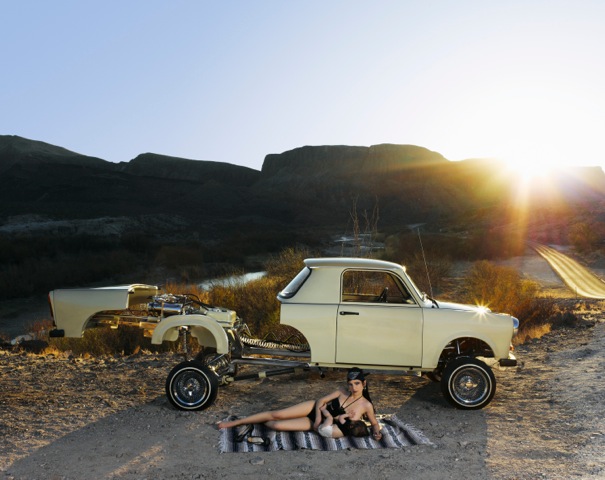Open Casket IX
2018 - Installation (Installation)
55.88 x 106.68 x 106.68 cm
Indira Allegra
Open Casket IX is an installation by Indira Allegra that combines traditional materials of memorial—tombstones, mausoleums, and caskets—with contemporary expressions of grief. The work is a memorial for people who have lost loved ones to police violence. It is part of Allegra’s Open Casket series, which is concerned with the need to recognize grieving as a collective responsibility, rather than an individual misfortune to be shouldered by one affected person or family. At the center of the installation lies 2,500 pounds of broken stones arranged on the floor in a circle—a shape that embraces the cyclical nature of grief. A woven grid of square videos is projected along the top third of the wall around the perimeter of the room; each video depicts an interview with a person who has lost a loved one to police violence, which Allegra collected over the course of several months from news archives online. Its pattern represents what weavers call a drawdown—a method for visualizing which threads are visible on the front or back of a textile—and is made from crepe, a fabric commonly used to line caskets. A viscerally haunting audio composition features a remix of groans, wails, desperate pleas, and heated admonitions drawn from the interviews. These primal sounds of grief ring out from beneath the piles of rocks in erratic intervals, perhaps speaking to grief’s tendency to surface as a series of fits and starts. Open Casket IX builds a memorial from the physical and digital wreckages left in sorrow’s wake. But instead of creating a place for visitors to leave flowers and take nothing, the work asks one to consider sharing in the mourning—an act described by the artist as an innovation in grieving. The mourners seen and heard in this work include: Darnelle Bell, best friend of Gerald Javon Hall (1987 – 2016) Diamond Reynolds, partner of Philandro Castille (1984 – 2016) Jasmin Lloyd, girlfriend of Frank Clark (1984 – 2016) Margaret Johnson, mother of Norman Gary (1987 – 2016) Monique Douglas, cousin of Jamal Rollins (1995 – 2016) Monique Morgan, mother of Carnell Snell (1997 – 2016) Karonisha Ramsey, mother of Kajuan Raye (1997 – 2016) Michelle Raye, aunt of Kajuan Raye (1997 – 2016)
Indira Allegra uses text and textile production—a combined material they designate as a “text/ile”—to embody unseen forces like memory, haunting, grief, and emotions born from trauma. Toni Morrison has written that “invisible things are not necessarily not-there,” and it is in this space of not-thereness that Allegra’s work resides. Their practice explores how the ancient technology of weaving can offer contemporary insights into human patterns. They define weaving as the crossing of any two forces held under tension, which acts as a generative creative material. Informed by months of research and making, their weavings, photographs, installations, performances, videos, and writing are often site-responsive, incorporating the tensions of the spaces, materials, and objects they encounter. For Allegra, each of these things is alive with memory and functions as a collaborator in the art-making process. The artist’s projects reveal and center the histories and experiences, often violent or traumatic, of people and places that have been rendered invisible. Allegra’s practice expresses that which haunts us as a society, both locally and globally: the history of gay-bashings in San Francisco, police violence, suicide, public lynchings, exile, and physical ailments and disability. But their work also seeks to recuperate grief as a collective act, a shift that might relieve some of the burden suffered by the bodies and materials that act as containers for these histories.
Colors:
Related works of genres: » california college of the arts alumni
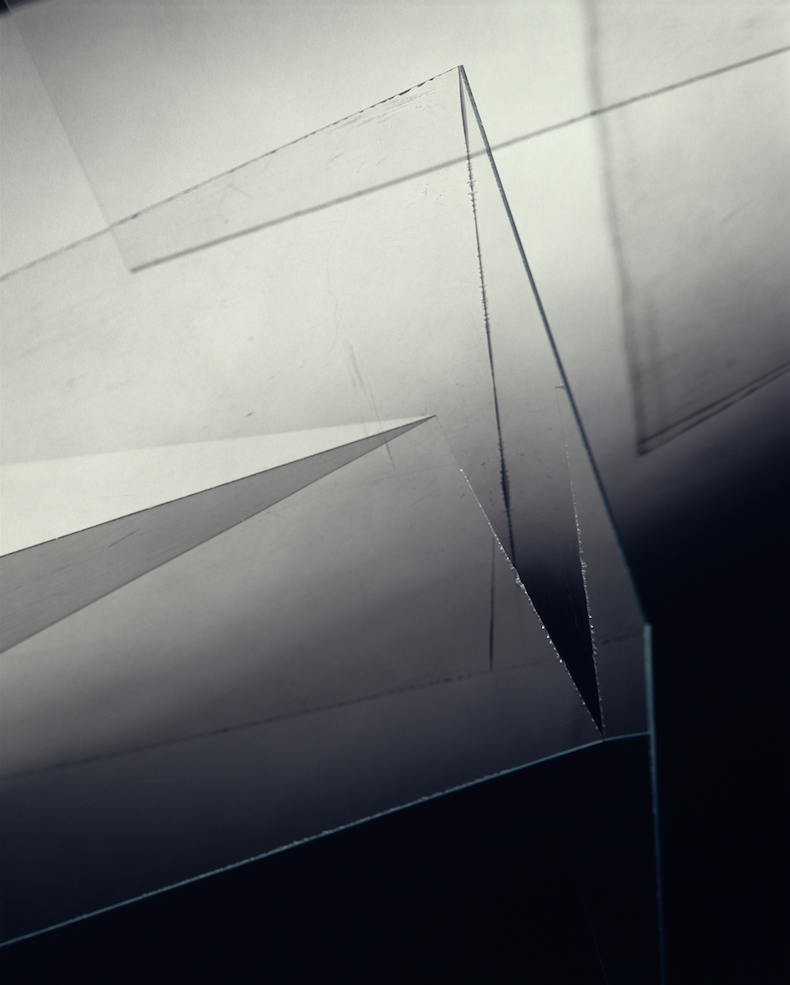
© » KADIST
Barbara Kasten
2008Barbara Kasten’s Studio Construct 51 depicts an abstract still life: a greyscale photograph of clear translucent panes assembled into geometric forms, the hard lines of their edges converging and bisecting at various points...

© » KADIST
Toyin Ojih Odutola
2015As she traces the same shape again and again, Ojih Odutola’s lines become darker and deeper, sometimes pushed to the point where their blackness becomes luminous...

© » KADIST
Luke Butler
2008In Captain X , Star Trek’s Captain Kirk, played by William Shatner, is limply draped over a large boulder in what looks like a hostile alien environment...
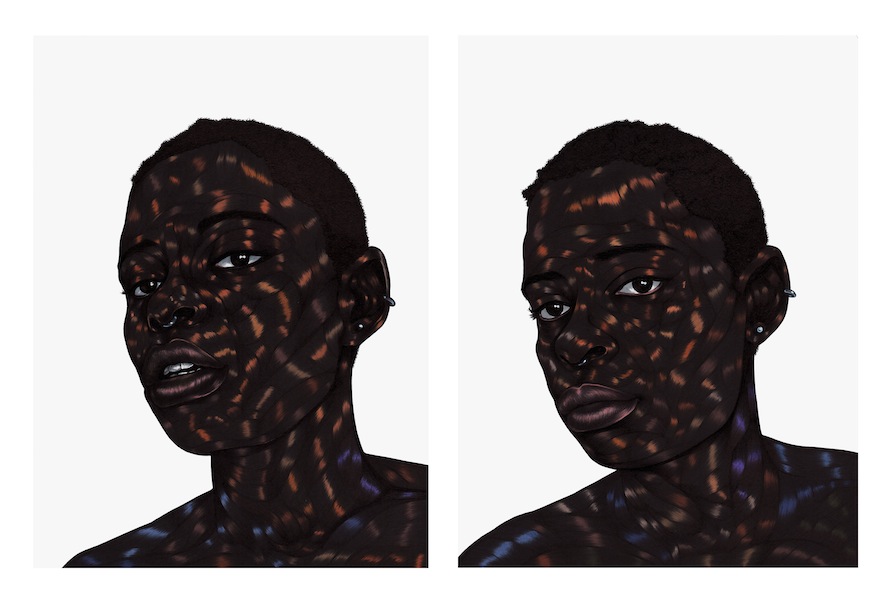
© » KADIST
Toyin Ojih Odutola
2013Ojih Odutola uses a distinctive visual style to capture members of her family, rendering them one pen stroke at a time, until their skin resembles ribbons woven into the contours of a face, neck, or hand...

© » KADIST
Robert Therrien
1985In No Title (Blue Chapel) Therrien has reduced the image of a chapel to a polygon...

© » KADIST
Leslie Shows
Human Quarry is a large work on paper by Leslie Shows made of a combination of acrylic paint and collage...

© » KADIST
Zarouhie Abdalian
2010The first iteration of Flutter was specifically conceived for the Pro Arts Gallery space in Oakland in 2010, viewable from the public space of a sidewalk, and the version acquired by the Kadist Collection is an adaptation of it...

© » KADIST
Harrell Fletcher
2005The American War , which takes its title from the Vietnamese term for what Americans call the Vietnam War, has toured the United States extensively with the goal of presenting a Vietnamese perspective of that history...

© » KADIST
Hank Willis Thomas
2014Shot in black and white and printed on a glittery carborundum surface, Black Hands, White Cotton both confronts and abstracts the subject of its title...

© » KADIST
Hank Willis Thomas
2014South Africa Righteous Space by Hank Willis Thomas is concerned with history and identity, with the way race and ‘blackness’ has not only been informed but deliberately shaped and constructed by various forces – first through colonialism and slavery, and more recently through mass media and advertising – and reminds us of the financial and economic stakes that have always been involved in representations of race....
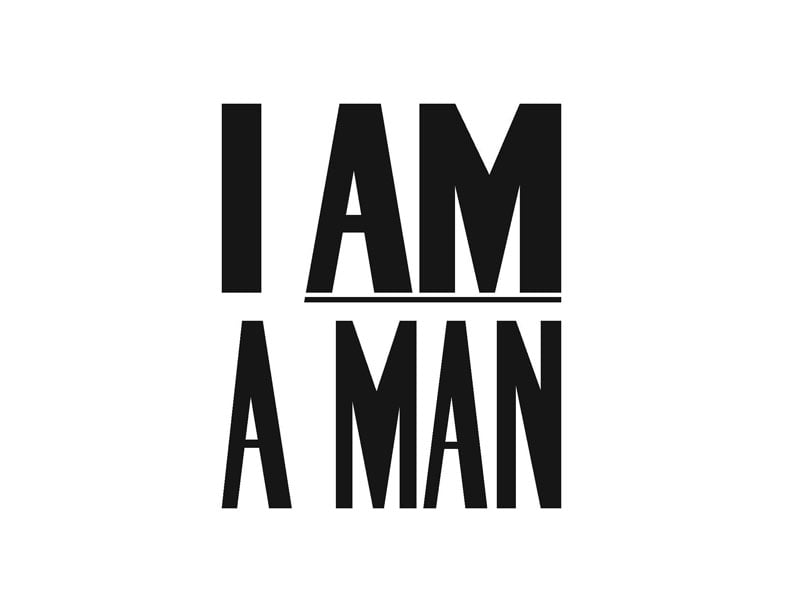
© » KADIST
Hank Willis Thomas
2013The image is borrowed from protests during Civil Rights where African Americans in the south would carry signs with the same message to assert their rights against segregation and racism...

© » KADIST
Hank Willis Thomas
2012Bread and Roses takes its name from a phrase famously used on picket signs and immortalized by the poet James Oppenheim in 1911...

© » KADIST
Hank Willis Thomas
2012Intentionally Left Blanc alludes to the technical process of its own (non)production; a procedure known as retro-reflective screen printing in which the image is only fully brought to life through its exposure to flash lighting...

© » KADIST
Hank Willis Thomas
2012Thomas’ lenticular text-based works require viewers to shift positions as they view them in order to fully absorb their content...

© » KADIST
Hank Willis Thomas
2012Like many of his other sculptural works, the source of I am the Greatest is actually a historical photograph of an identical button pin from the 1960s...
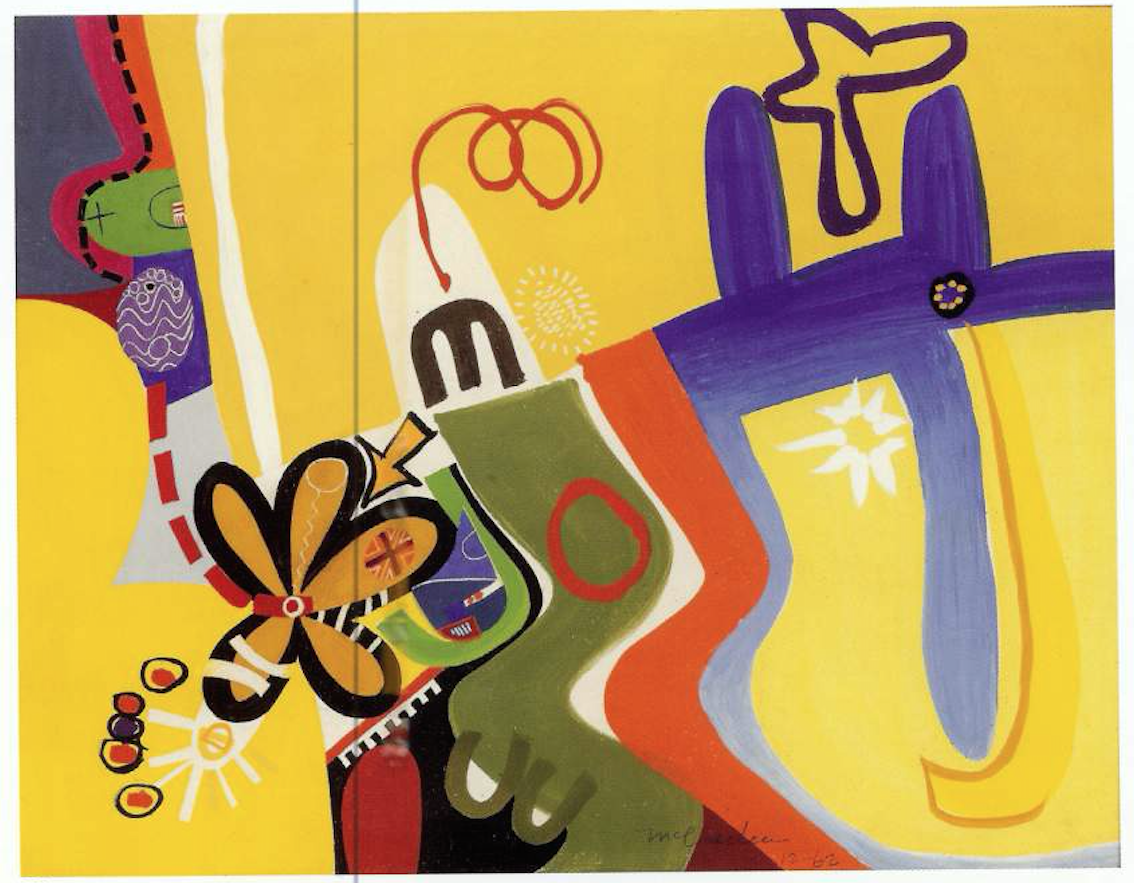
© » KADIST
John McCracken
Though not strictly representational, some objects in Untitled (1962) are recognizable: a flower, an egg, a foot...


